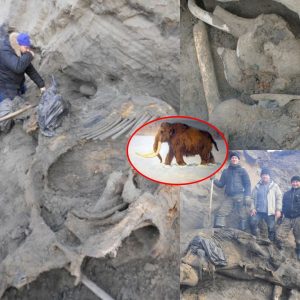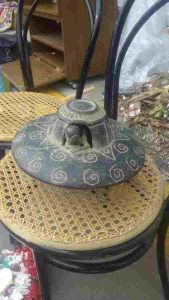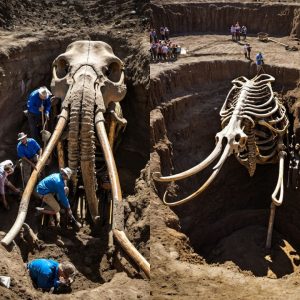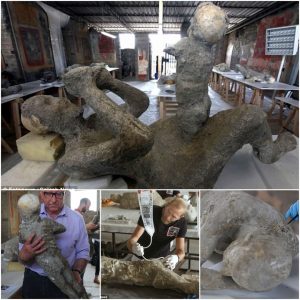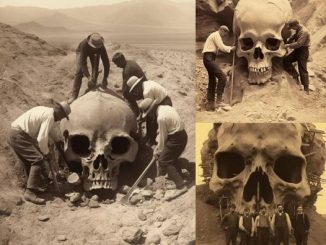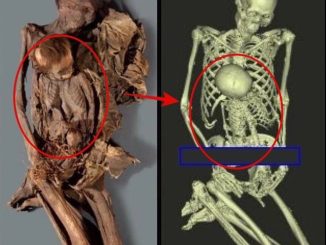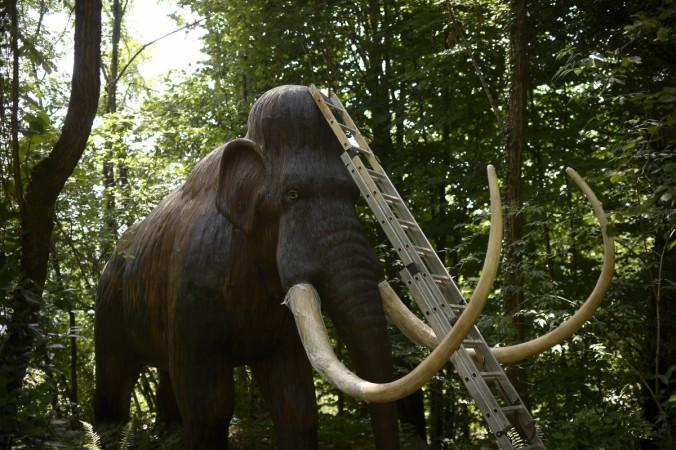
A nearly complete skeleton of an ancient mammoth was discovered by the McEwen’s family in their property in North Texas and they have donated the spectacular remains to the Perot Museum of Nature and Science in Dallas.
The mammoth fossil was unearthed at the Ellis County property belong to Wayne McEwen in May, when his son Marty McEwen and grandson Ethan Beasley were working on a gravel pit on their land, when their excavator hit something unusual.
After digging through the dirt, Beasley came upon a six-foot (1.8m) tusk and called a group of volunteers to carry out a more thorough and careful digging. They eventually unearthed enough bones, which when put together almost formed the skeleton of a Mammuthus Columbi or the Columbian Mammoth. These species are said to have lived in the southern half of North America before going extinct approximately 12,500 years ago.
McEwen’s are donating this “incredibly pristine” specimen to the Perot Museum of Nature and Science in Dallas, NBC reported.
“This stunning example of a mammoth skeleton is especially meaningful because it’s a part of our heritage and the natural history of North Texas,” Colleen Walker, Perot museum’s chief executive officer, said in a statement. The museum estimates the skeleton to be anywhere between 20,000 to 60,000 years old.
Tom Vance, a Navarro College biology professor, palaeontologist and the project director for the specimen, said the mammoth is believed to have been approximately nine feet (2.7m) tall at the shoulder (similar in size to a modern-day female Asian elephant), and therefore it is highly likely that the skeleton is that of a female mammoth.
Remarkably, it appears as if the mammoth fossil has remained untouched, especially the clearly visible skull, ribs and lower jaw, and in fact every bone seems relatively intact, except for a few missing leg bones. Vance also said that he believes the “outstanding find” is very unique for North Central Texas and that it is likely that the animal died after she fell on her left side.
Perot Museum has been tweeting pictures of the palaeontology team digging out the skeleton with captions, “Some of our paleontology team is hard at work at the site of our newly donated #Mammoth skeleton in #NorthTexas” and “We are thrilled to add a pristine #Mammoth specimen to the Museum collection. Here she is at the dig site.”
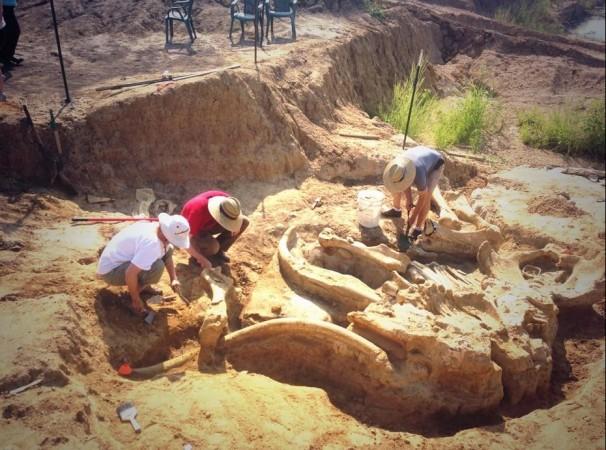
“The truth of the matter is, had Marty and Ethan not been excavating with such care, she (the mammoth) very well could have ended up as part of our Texas highway system,” Walker told the Daily Mail. “This fossil is now part of the public trust, meaning scientists can describe it, study it, publish papers on it and display it from this time on.”
Ron Tykoski, the museum’s palaeontologist, also expressed his gratitude to the family, “The McEwens have made a huge contribution to science.”
The family was stunned and excited at the discovery, with McEwen saying, “We were very excited to discover the mammoth in our sand pit and realise it was 90 per cent complete”.
The newly donated Mammuthus Columbi fossil will be in good company at the Perot museum, as it already showcases a fully-mounted male mammoth skeleton in the T Boone Pickens Life Then and Now Hall.

